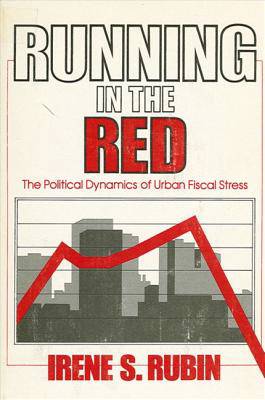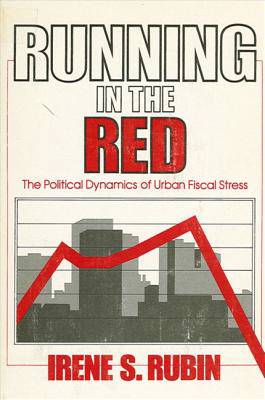
- Retrait gratuit dans votre magasin Club
- 7.000.000 titres dans notre catalogue
- Payer en toute sécurité
- Toujours un magasin près de chez vous
- Retrait gratuit dans votre magasin Club
- 7.000.000 titres dans notre catalogue
- Payer en toute sécurité
- Toujours un magasin près de chez vous
145,45 €
+ 290 points
Description
This case study of a politically reformed, middle-sized Midwestern city provides a model of fiscal stress that contrasts sharply with that of America's vast metropolitan centers. Dr. Rubin examines the interaction of social, political, and economic causes of the city's predicament. She then goes on to analyze the specific factors that solved the city's problems over a six-year period. Finally, she offers a self-correcting mechanism that would allow a city to save itself from financial trouble without direct state or federal assistance. This study suggests that local political factors were even more important than national factors in contributing to the city's fiscal stress. It also brings into question the theory that generosity to the poor creates urban fiscal stress and that giving less to the poor will solve urban financial problems.
Spécifications
Parties prenantes
- Auteur(s) :
- Editeur:
Contenu
- Nombre de pages :
- 171
- Langue:
- Anglais
- Collection :
Caractéristiques
- EAN:
- 9780873955645
- Date de parution :
- 30-06-83
- Format:
- Livre relié
- Format numérique:
- Genaaid
- Poids :
- 371 g







